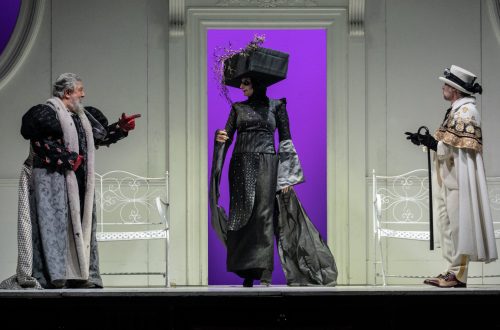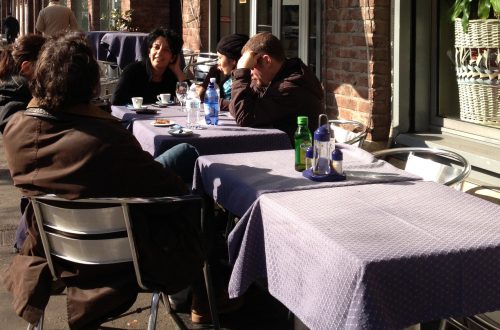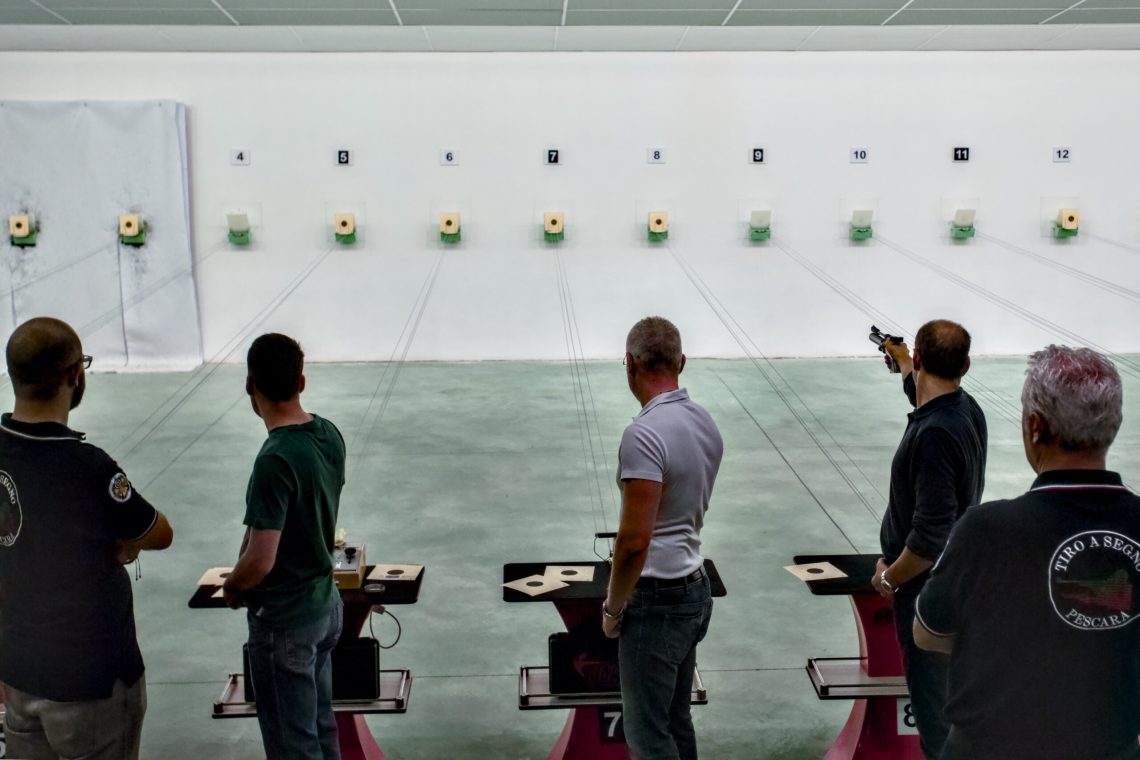
5 frames exploring the Sporting Gun Culture in Italy
Firearms and gun culture are a very sensitive issue.
Privately owned weapons are associated to mass shooting and individual killings, street violence and law enforcement abuses. When confronted with the killing of innocent people, talk is cheap and it is perfectly reasonable to invoke restrictions and even outright bans.
There are, however, many people who are not involved in ‘prepper’ or ‘zombie apocalypse is coming’ state of mind, and who only want to practice a sport or foster their interest in military history, mechanics or other types of knowledge related to building and handling of a weapon. So, whatever the view on the matter, from the absolute opposition to any weapon at all to the full support of a broad reading of the right to self defense, as with all social phenomena, understanding what is collectively known as ‘gun culture’ requires to understand how it works.
With this goal in mind, this post explores a specific part of gun culture, that of competitive shooting, and how it works in Italy.
Between Airguns and Firearms: Distinct Disciplines, Shared Discipline
The main difference to consider is between compressed air shooting and firearms shooting. Both are part of the Olympic disciplines and are essentially based on self-control, a clear mind and a quick eye-brain-finger connection to understand when is the right moment to pull the trigger. In this type of competition, silence is king and it is compulsory for the public to be absolutely quiet so as not to disturb the athletes.
The archetype of this type of athlete is a very calm, reflective and self-aware person, the opposite of the usual gun-toting stereotype associated with firearms owners. Compressed air competitions require the use shooting tools, not weapons (although in some firearms competitions regular guns are allowed). The difference between ‘shooting tools’ and ‘guns’ is not just wordwashing, because it draws a line between a tool used to play a game, such as a baseball bat or tennis racket, and something that designed for something else and that lately used to practice a sport.
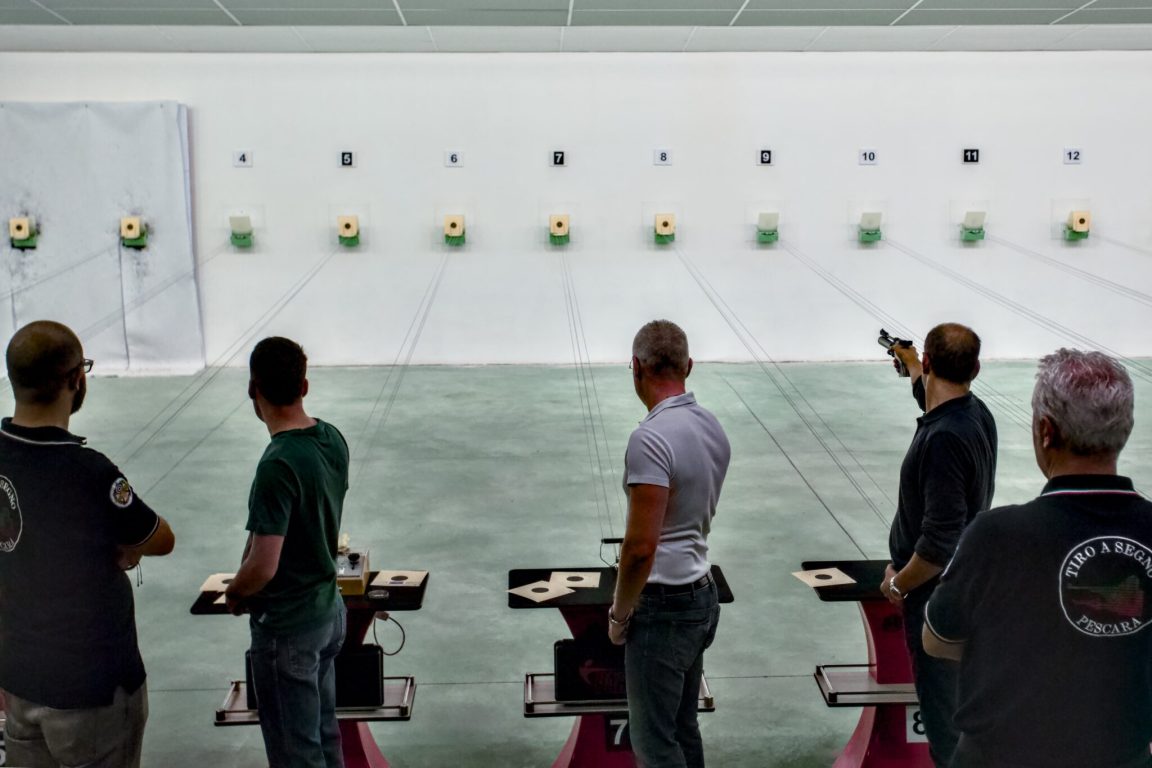
Firearms Competitions: Mobility and Complexity
By contrast, firearms competitions also involve moving around a stage and shooting at various targets, such as cardboard or steel plates, which may bob or otherwise move to make the exercise more challenging.
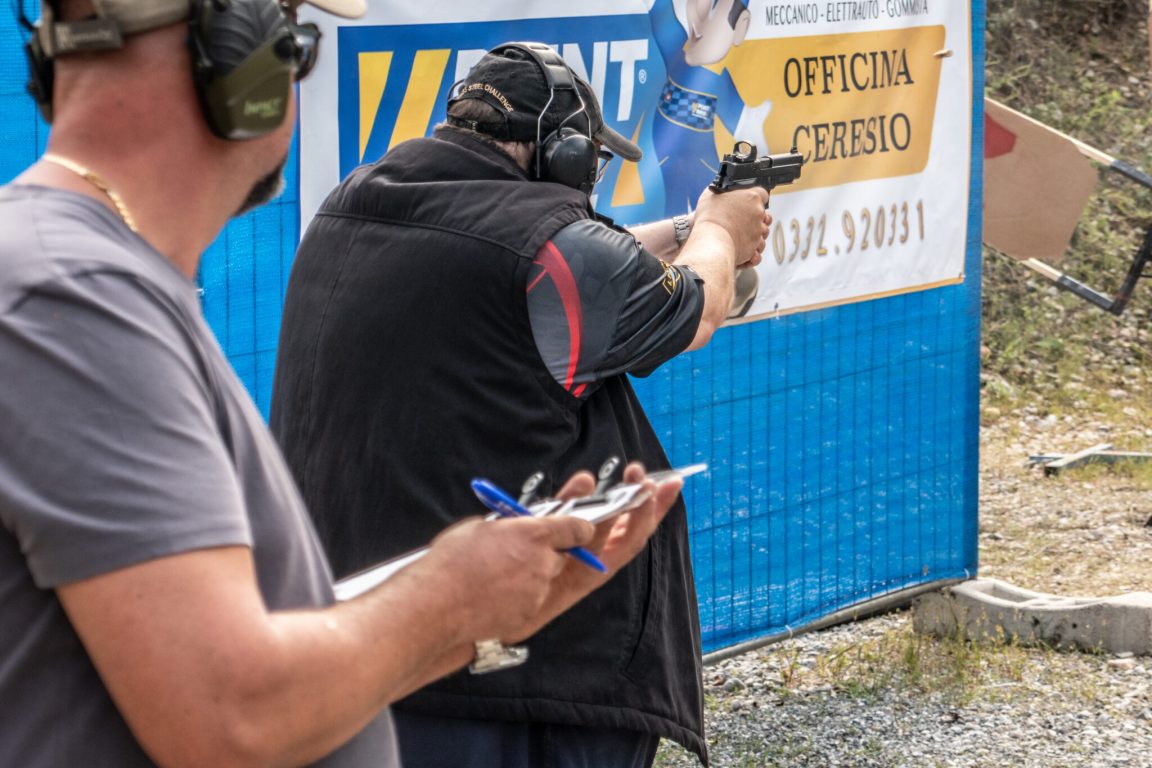
The TSN: Institutional Roots and Public Function
The journey of firearms training begins at a state-approved indoor shooting range called ‘Tiro a segno nazionale’ (TSN).
Founded by Giuseppe Garibaldi right after Italy won its indepedence, TSNs where meant to provide all citizen a basic firearm training in case there was another threat to the newly acquired political sovereignty. Over time, TSNs have become the place where Olympic shooting disciplines are practised, and the body that issues a certificate of firearms handling, which is necessary to apply to the local branches of the Ministry of the Interior for a licence to carry for personal defence or sport. TSNs are also responsible for training local police officers and private security guards.
Everything takes place in an area that must be approved by the Army’s Military Engineer Corps, which checks that all safety regulations are properly met in terms of reducing exposure to lead fumes, bullet ricochet trajectories, firing noise, etc. From absolute beginners to advanced students, everyone is under the constant supervision of TSN licensed instructors, who gives the orders and has the authority (and duty) to stop any potential dangerous weapon handling as soon as it starts.
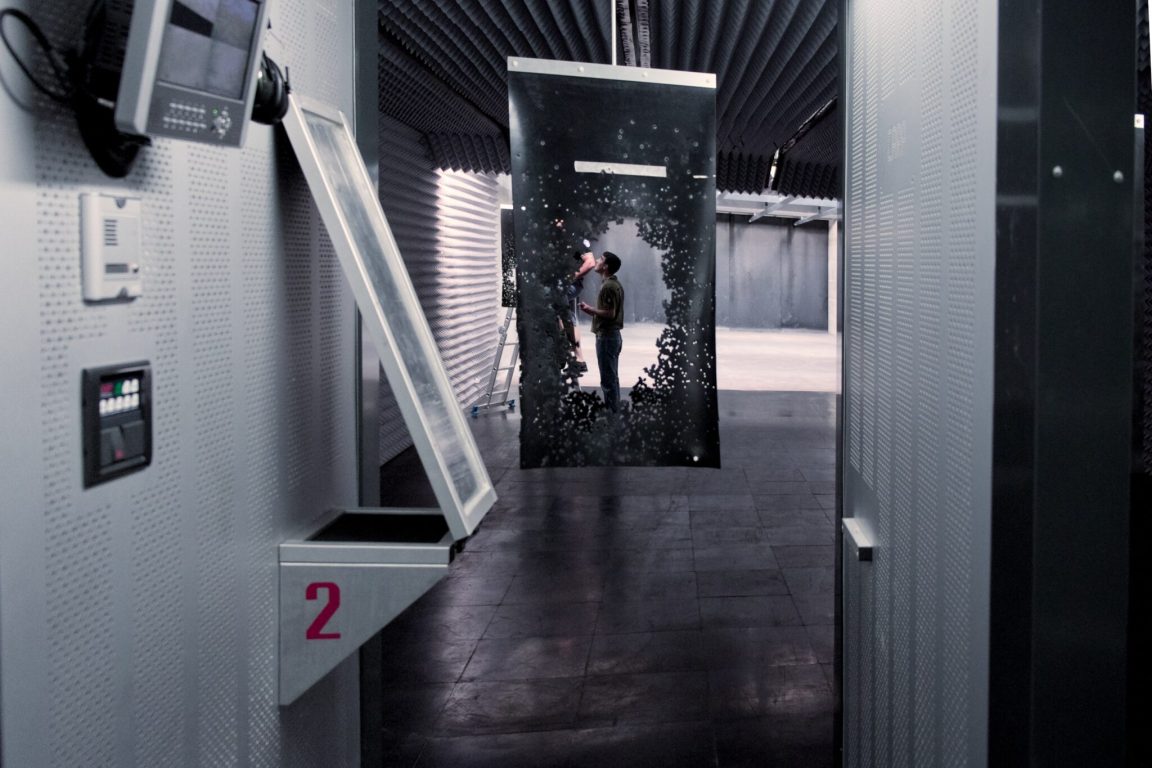
Training at the TSNs is only compulsory until the license to carry a weapon is issued. Once the permit is obtained it is not mandatory anymore to continue training in these premises.
The Legal Loophole: Private Ranges and Public Risk
Because of a loophole in the legislation regulating shooting ranges, accessing a private range only needs being a state-licensed shooter, without having to be competent enough to use the gun in open spaces. In the wait for a legislative reform, this matter is solved in practical terms because range owners and competition organizers are utterly paranoid for security and safety. Also more experienced athletes or amateur shooters cooperate to keep the safety level in the range at a high level.
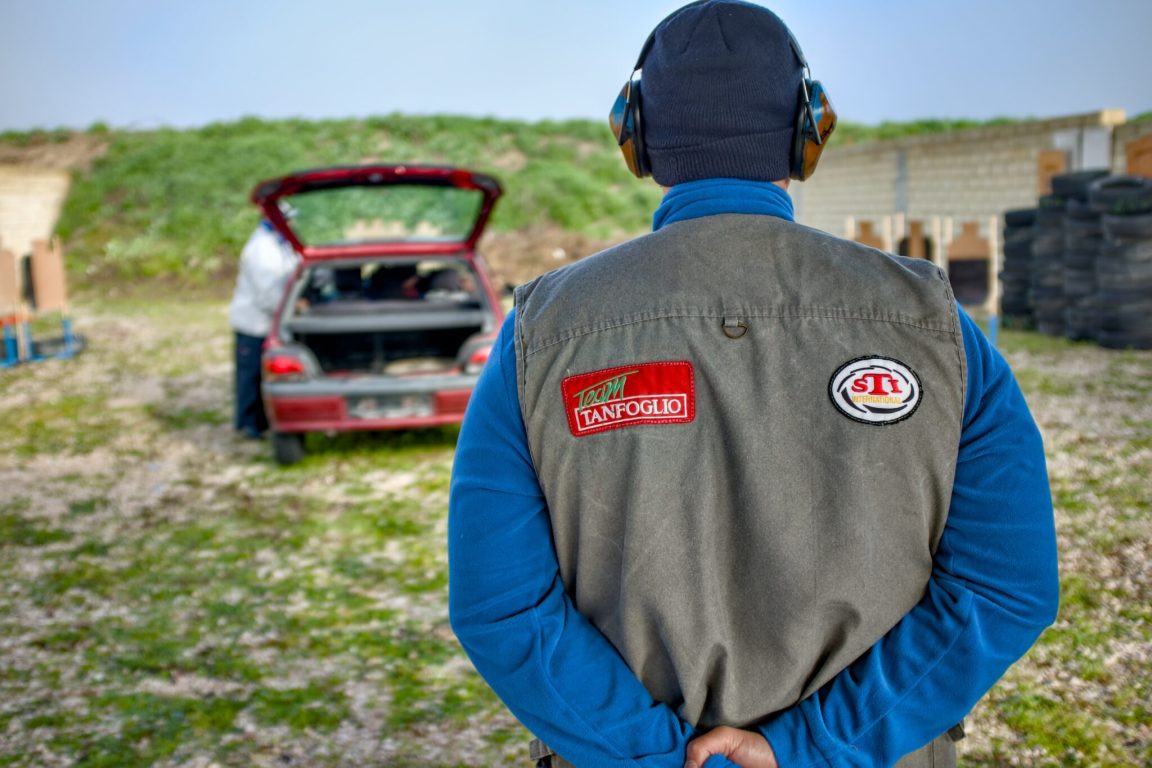
Gunsmithing and Cultural Practice
Gunsmithing is another important aspect of sporting gun culture.
It starts with the initial need to clean the gun after training, but from time to time the need to fine-tune the weapon and make it more pleasing to use and look at leads many people to learn a few tweaks and tricks.
Actually ‘private gunsmithing’ is not allowed in Italy because to build, repair and modify firearms it is necessary a specific license issued by the Ministry of Interior. Still, sometimes the temptation of the DIY is too strong and it happens that the customisation is self-made. Apart from being illegal, this practice is not encouraged in the shooting circles because it exposes to unnecessary dangers not only the DIY shooter but also other people sharing the range with him.
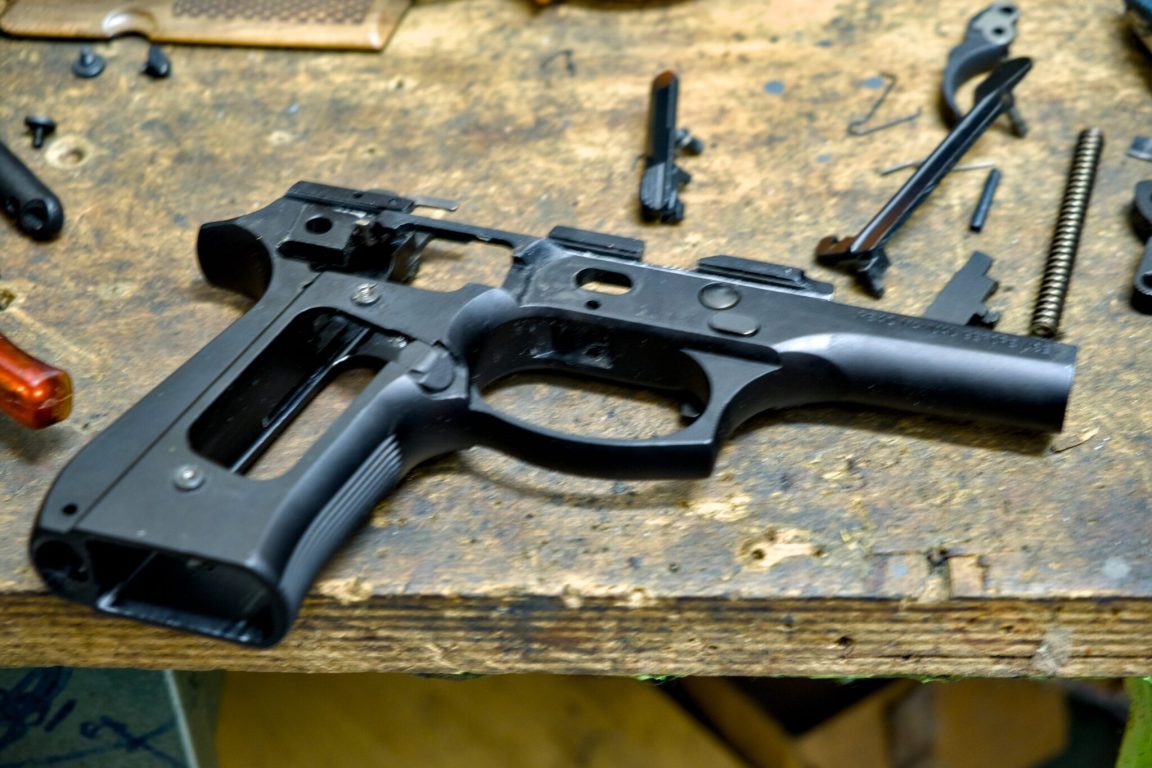
A Controlled Passion
Of course, this is only a brief glimpse into a complex phenomenon that is deeply rooted in local anthropology and therefore varies from country to country.
If given the chance, maybe in the future I will be able to understand how things work in other countries and report it back.


